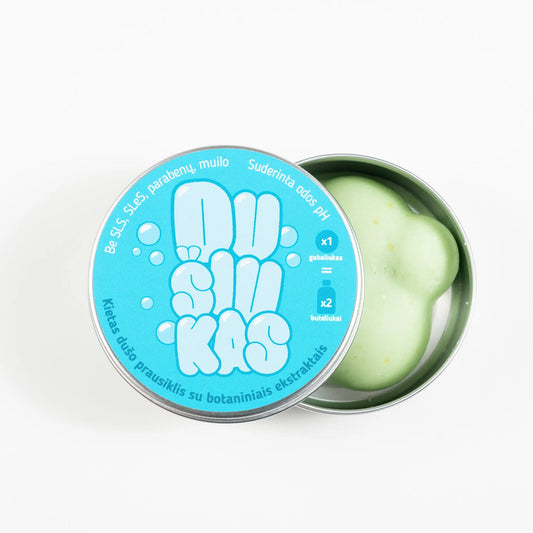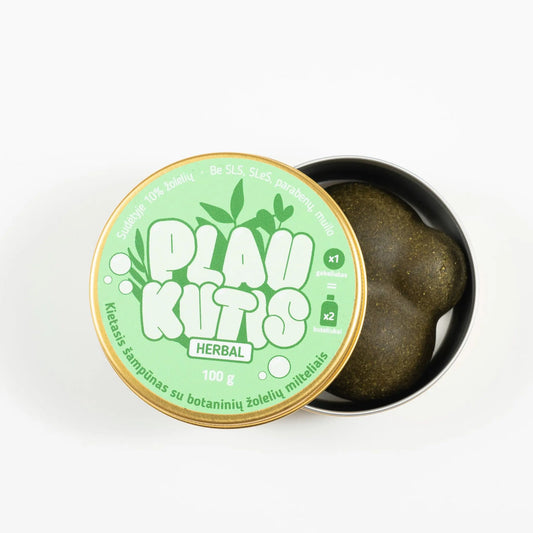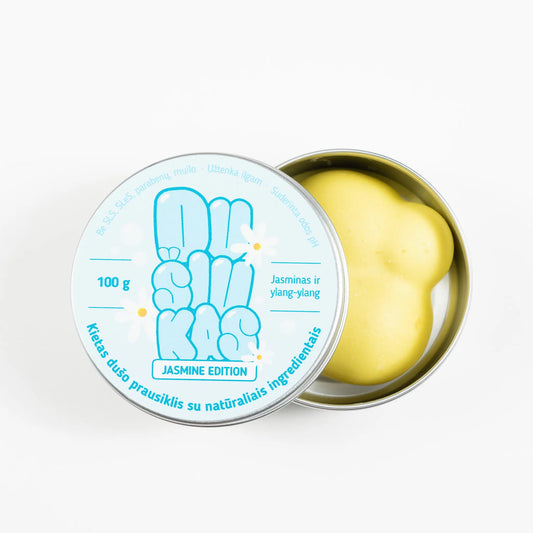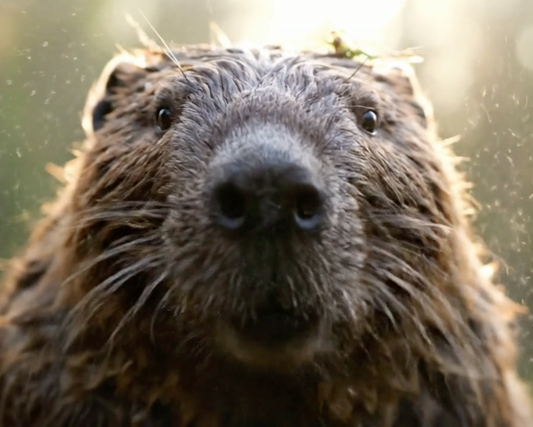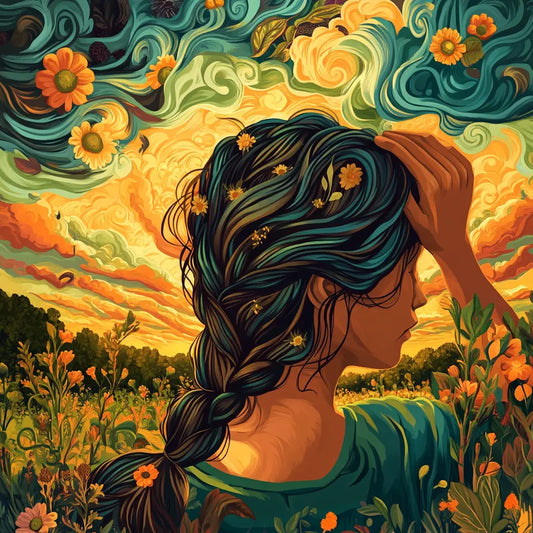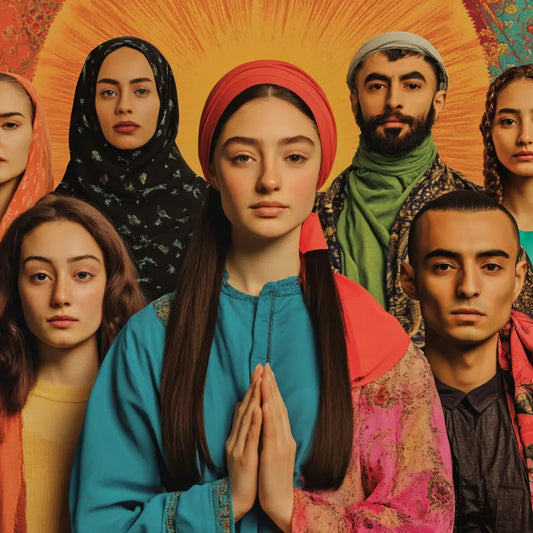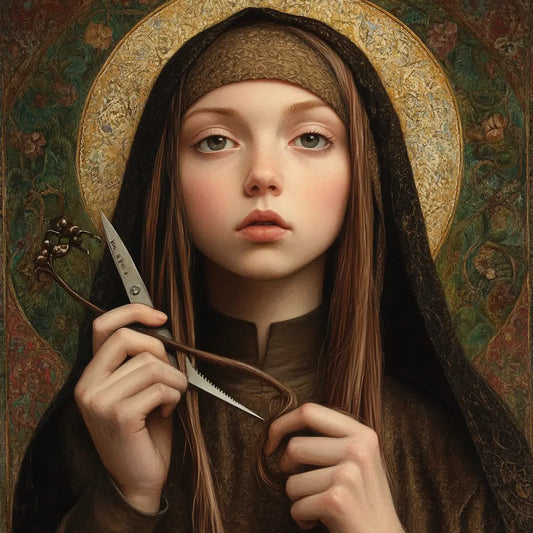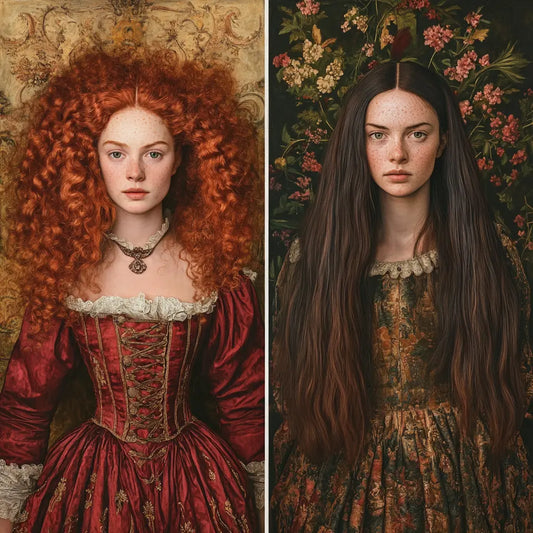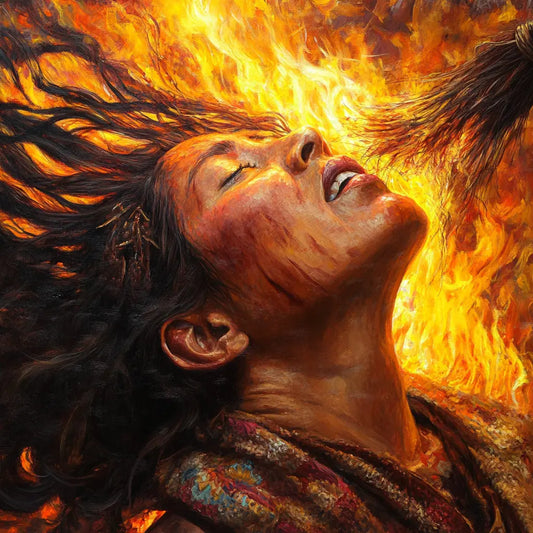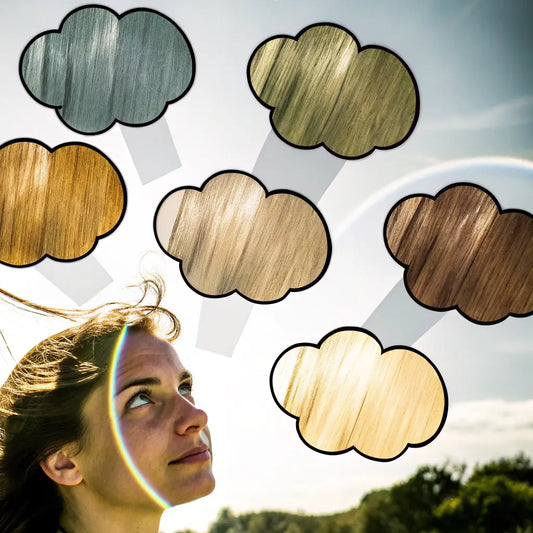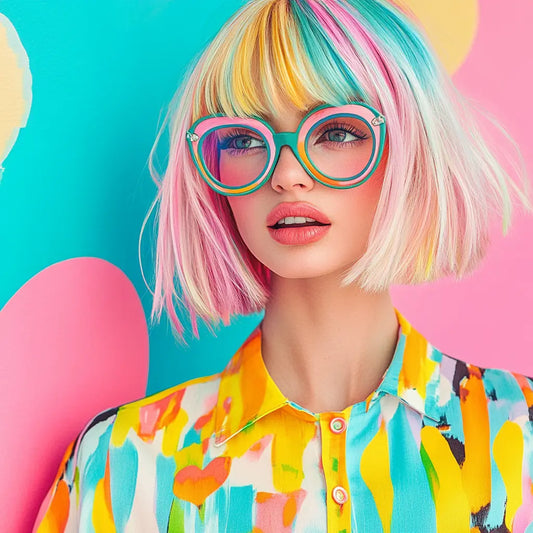Hair has always been a powerful symbol, representing more than just beauty. In Mesopotamian society, hair had deep cultural and social significance. It wasn’t just about style; it was about identity, status, and even a person’s role in the community. One of the oldest known civilizations, Mesopotamia, located between the Tigris and Euphrates rivers, is often called the cradle of civilization. This region, which is now part of modern-day Iraq, was home to rich cultures, advanced technologies, and complex social structures.

For both men and women, hair was a way to reflect their place in society. Hairstyles could reveal social class, profession, marital status, or religious beliefs. Unlike today, when we can choose from a wide variety of hairstyles to suit our personal tastes, the ancient Mesopotamians followed certain trends dictated by their roles in life. In this article, we will explore the fascinating world of Mesopotamian hairstyles and what they meant.

Hairstyles by gender
In Mesopotamian culture, men's and women's hair was handled differently, with a clear separation based on gender roles. Let's take a closer look:
Men's hairstyles
Mesopotamian men had a variety of hairstyles, which often reflected their profession or social status. Warriors and soldiers liked to keep their hair cut short. This was practical because the hair did not tangle in battle and gave them a strict, disciplined appearance. Some men, especially in military service, wore their hair tightly coiled or braided, adding style to their practical haircut.
Priests, in contrast, were known for their shaved heads. This appearance symbolized purity and religious devotion. By shaving their hair, priests distinguished themselves from society, fully devoting themselves to spiritual duties. However, not all priests were completely bald. Some left a small section of hair, often forming it into intricate patterns that denoted their rank or the deity they served.

Ordinary men, such as farmers, merchants, or artisans, had simpler hairstyles. They typically wore their hair medium-length or short, often slicked back or loosely tied. The hairstyles were practical for everyday tasks, yet neat enough to reflect their dignity and pride in their work. Men in higher professions, such as scribes or wealthy merchants, tended to have more elaborate hairstyles, indicating their higher social status.
Women's hairstyles
Mesopotamian women's hairstyles were more elaborate than those of men and often reflected their marital status, social role, or profession. Unmarried women typically wore their hair long and loose, symbolizing youth and fertility. However, married women wore their hair in more rigid styles, such as elaborate braids or buns. This was not just a fashion choice, but also a social one, reflecting the transition from girl to family woman.

Noblewomen had the most elaborate hairstyles. They would weave gold, pearls, and other precious materials into their hair to show off their wealth and status. These elaborate styles often required the help of servants or professional hairdressers, making the hairstyles part of a luxurious ritual. Queens, in particular, would accessorize their hairstyles with headdresses or crowns, further emphasizing their high social status.
Ordinary women wore simpler hairstyles. Their hair was usually tied or braided to keep it out of the way while performing daily tasks such as cooking, cleaning, or caring for children. However, even among ordinary women, hair was kept neat and tidy as it was a reflection of their dignity and decency.
Hairstyles by social class
Just as Mesopotamian hairstyles differed by gender, they also differed by social class. In this ancient society, social hierarchy was essential, and hairstyles were one of the most visible ways to display one's status. Let's take a look at how different social classes used hair to reflect their position in the community:
Kings and nobles
The upper class of Mesopotamian society, especially kings and nobles, expressed their status through elaborate hairstyles. Queens and noblewomen often wore elaborate, high-style hairstyles, incorporating precious stones, gold, and ornate embellishments. Their hairstyles were so elaborate that they required numerous attendants, emphasizing their luxury and leisurely lifestyle.
Hair was also very important to Mesopotamian kings. Many kings grew long, thick beards, which they carefully curled and polished to a shine. A king's beard was a symbol of wisdom and strength, often considered an expression of his masculinity and authority. Like their female counterparts, kings also wore ornate headdresses, further emphasizing their power and control.

Priests and religious persons
As mentioned above, Mesopotamian priests often shaved their heads as a symbol of purity. However, not all religious figures were bald. Some priests, especially those who served high-ranking gods, kept their hair, but styled it in certain ways to show their devotion to the deity. These hairstyles were neat, controlled, and designed to demonstrate order and spiritual discipline.
Ordinary people
The majority of Mesopotamian people were commoners, and their hairstyles reflected a simpler, more practical lifestyle. However, even among the commoners, there were differences in hairstyles based on occupation. For example, farmers and laborers often wore their hair shorter or tied back so that it would not interfere with their work. Merchants and artisans may have had slightly more elaborate styles, indicating their slightly higher social status.

Slaves
Unfortunately, slaves in Mesopotamia had little control over their appearance, including their hairstyles. Often, slaves were forced to wear their hair short or even shaved as a sign of their lower status. Their hairstyles were designed to set them apart from the rest of society, reinforcing the power dynamics in Mesopotamian culture.
Hairstyle symbolism
Hair in Mesopotamian culture was rich in symbolism. It was not only aesthetic, but also a way to communicate one's identity, beliefs, and place in society. Here are some examples of hairstyle symbolism:
- Marital status : As mentioned above, unmarried women usually wore their hair loose, while married women wore it tied back. This was a visual sign indicating a woman's transition from one stage of life to another.
- Religious affiliation : Priests and other religious figures often had specific hairstyles that reflected their devotion to a particular god or spiritual practice.
- Social Status : Hairstyles were one of the most visible indicators of social status. The more elaborate the style, the higher the social standing of the person.
- Gender Roles : Hair was also used to reinforce traditional gender roles. For men, short, practical hair was associated with strength and masculinity, while for women, long, elaborate styles were associated with femininity and beauty.

Comparison: Ancient and Modern Hairstyle Trends
Interestingly, many of the hairstyle trends from ancient Mesopotamia have parallels in the modern beauty world. For example, intricate braids were popular among women in Mesopotamia, and they’re back in fashion today. From French braids to fishtail braids, today’s women are experimenting with these styles in new and creative ways.
Just as the kings of Mesopotamia were proud of their beards, many men today grow and maintain beards as a symbol of masculinity and style. Using hair to express identity and status is a trend that has persisted throughout the ages, even as specific hairstyles change.

Myth busting and interesting facts: 5 things you didn't know about Mesopotamian hairstyles
- Not all priests were bald : While most priests shaved their heads, not all religious figures did so. Some kept their hair long, which was styled in particular ways.
- Not everyone had luxurious hairstyles : While nobles had elaborate hairstyles, most of the population wore simpler, more practical styles.
- Elaborate beards were a symbol of wisdom : Kings and nobles meticulously curled and groomed their beards, as a long, neat beard was a symbol of wisdom and power.
- Women's hair was full of symbolism : For women, hair reflected not only beauty, but also marital status, social class, and connection to deities.
- Ancient hair care tools existed : People in Mesopotamia used early versions of combs, oils, and even curling tools to care for their hair.
Practical tips
While we can't directly replicate ancient Mesopotamian hairstyles, we can learn some useful lessons from their beauty rituals:
- Take care of your hair health : Just as the Mesopotamians used natural oils for hair care, you can use modern hair oils today to maintain the health and shine of your hair.
- Experiment with braids : Braids were popular in Mesopotamia and are still in fashion today. Try different variations of braids in your everyday look.
- Use your hair to express your personality : Mesopotamians used hair to express identity and status. Today, you can use your hair to show off your unique style and personality.
- Don't be afraid to accessorize : Noblewomen in Mesopotamia adorned their hair with jewels and ornaments. You can do the same today with modern accessories like hair clips, pins, or headbands.
Frequently asked questions
-
Did Mesopotamian women ever cut their hair short?
- Rare. Long hair was a symbol of femininity and status for women, especially in high society.
-
What products did Mesopotamians use for their hair?
- They used natural oils and perfumes to keep their hair healthy and smelling good. They also used combs made of bone or wood.
-
Were there special hairstyles reserved only for the royal family?
- Yes, royalty often had the most elaborate hairstyles, adorned with gold and jewels. These styles were not worn by commoners.
-
Did Mesopotamian men style their hair?
- Of course! Especially military or royal men often styled their hair and beards into intricate curls and waves.
-
Why were the priests bald?
- Priests shaved their heads as a symbol of purity and devotion to their gods.
Conclusion
Hair in ancient Mesopotamia was much more than a personal style choice. It was a powerful symbol, reflecting a person’s identity, social standing, and even spiritual beliefs. While specific hairstyles have changed over time, using hair to express identity and status is still relevant today. So the next time you’re styling your hair, think about how your choices can reflect who you are, just as the people of Mesopotamia did thousands of years ago.

